Museu Nacional de Arte Antiga (National Museum of Ancient Art), Lisbon
A review of a visit to the Museu Nacional de Arte Antiga in Lisbon. This very traditional national art museum in the European tradition nevertheless has some distinctive sights to see.
Museu Nacional de Arte Antiga
Lisbon’s Museu Nacional de Arte Antiga (National Museum of Ancient Art) feels like a slightly odd place. It is a little off the main tourist track; some buses to Belém go right past it but you could easily miss it. And when we visited on a Friday afternoon it felt like we weren’t quite meant to be there. Staff chatting amongst themselves, the entire third floor closed, confusion about where the entrance was. There were not many other visitors, so once we got inside and underway, our tour of the museum was fairly peaceful. But just slightly odd somehow. A little too quiet maybe.
That is not to say that there is anything unusual about the museum itself. I would actually say it’s pretty much a standard European national art museum. There are plenty of Old Masters from different European countries. Some decorative arts. And a few national focuses to make the general European art history overview more tailored. In this case, there is a third floor displaying Portuguese art. (This is the floor that was closed when we visited.) A section of Portuguese furniture. And an interesting few rooms of ‘Art from the Portuguese Discoveries’.
The museum is in the late 17th Century Palácio Alvor, built for the first Count of Alvor after he served as Viceroy of India. This means there are some nice architectural details. Also a long sweep up one side of the building and back down the other, which didn’t frustrate me nearly as much as the Museums of St Mark’s Square last year. Elsewhere, modern adaptations put a 20th Century stamp on parts of the building. It’s a reasonably nice museum space, if not as impressive as the Museu Calouste Gulbenkian.
What Are The Best Bits?
For me, the museum is at its best when it is distinctive. It was a shame that that third floor display of Portuguese paintings wasn’t open; I would probably have spent most time here. As it was, we visited the Old Masters and decorative art displays. There is a nice Bosch, a room of great portraits of saints by Francisco de Zurbarán, an impressive Viennese panelled room. All rather nice, but not mind-blowing. I have limited patience for traditional decorative arts (silver, teacups etc.) but I thought the displays here were quite attractive.
So my favourite part of the museum was the ‘Art from the Portuguese Discoveries’. From my perspective as a tourist who has spent only a weekend there, it seemed to me like Portugal may still be in more of a ‘golden age’ than a reflective mindset when it comes to its colonial expansion. Those Portuguese colonialists certainly got around – colonies included Angola, Macau, Mozambique, Brazil, East Timor, Cape Verde and more, as well as enclaves in India, Japan and elsewhere.
This section of the museum displays art from these far-flung places, with an emphasis on cultural exchange. There is Indo-Portuguese furniture. A Japanese screen depicting the arrival of Portuguese vessels in Nagasaki. A salt cellar from Benin which carefully depicts European physiognomy. And of course, Catholic art from various colonies, as Portugal exported missionaries alongside administrators. There are also objects linked to the voyages of discovery, and subsequent back and forth runs.
While I didn’t see much evidence of real reflection about what those ‘Discoveries’ really meant for the people of the colonies and also Portugal, it was in this part of the museum that I felt like I was seeing something unique. The Museu Nacional de Arte Antiga isn’t necessarily somewhere I would recommend to the casual visitor to Lisbon, but for the museum specialist it’s a relatively interesting couple of hours. Or somewhere to get out of the rain, which was also a deciding factor on our rather damp trip!
Salterton Arts Review’s rating: 3/5
If you see this after your page is loaded completely, leafletJS files are missing.


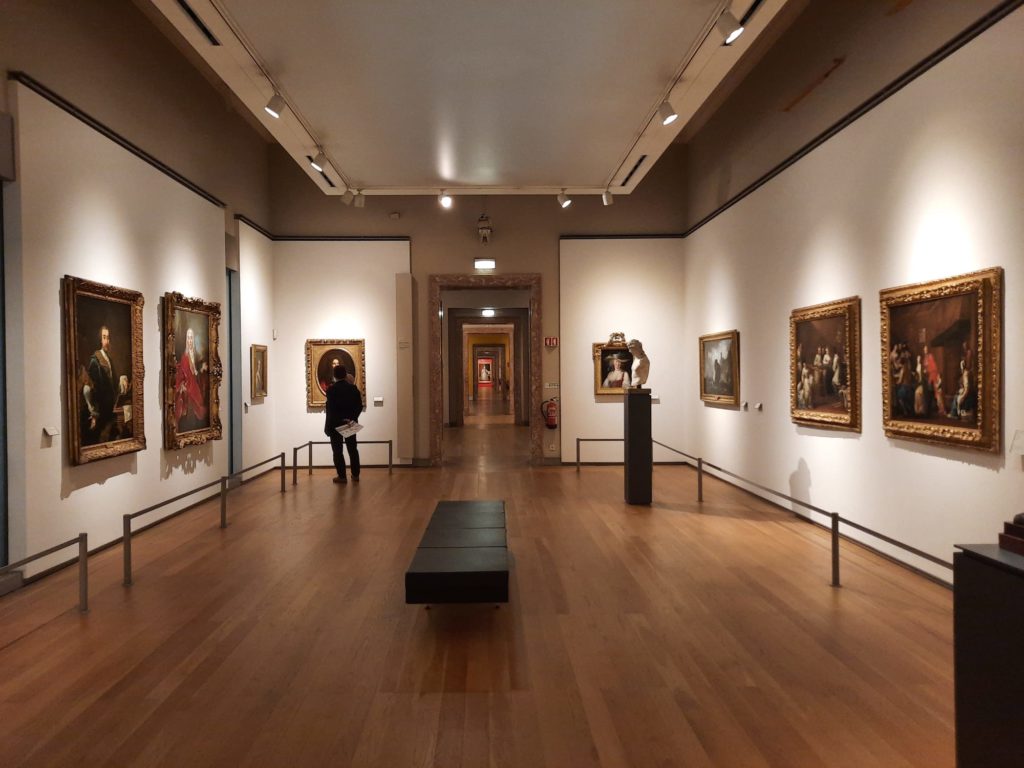
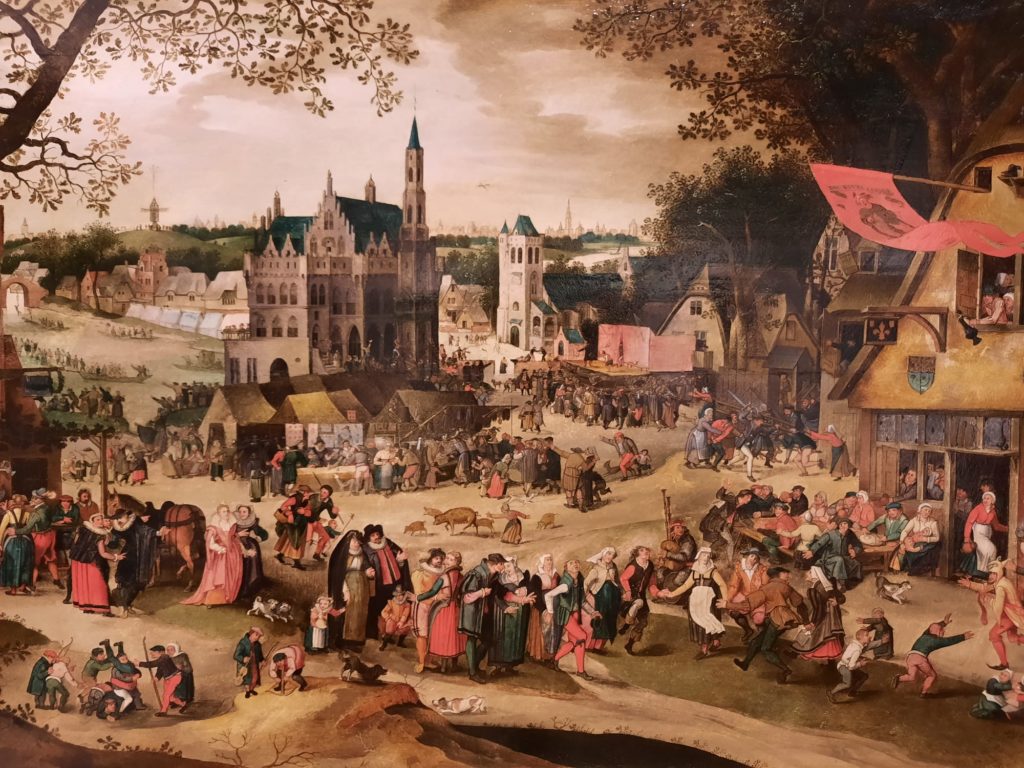
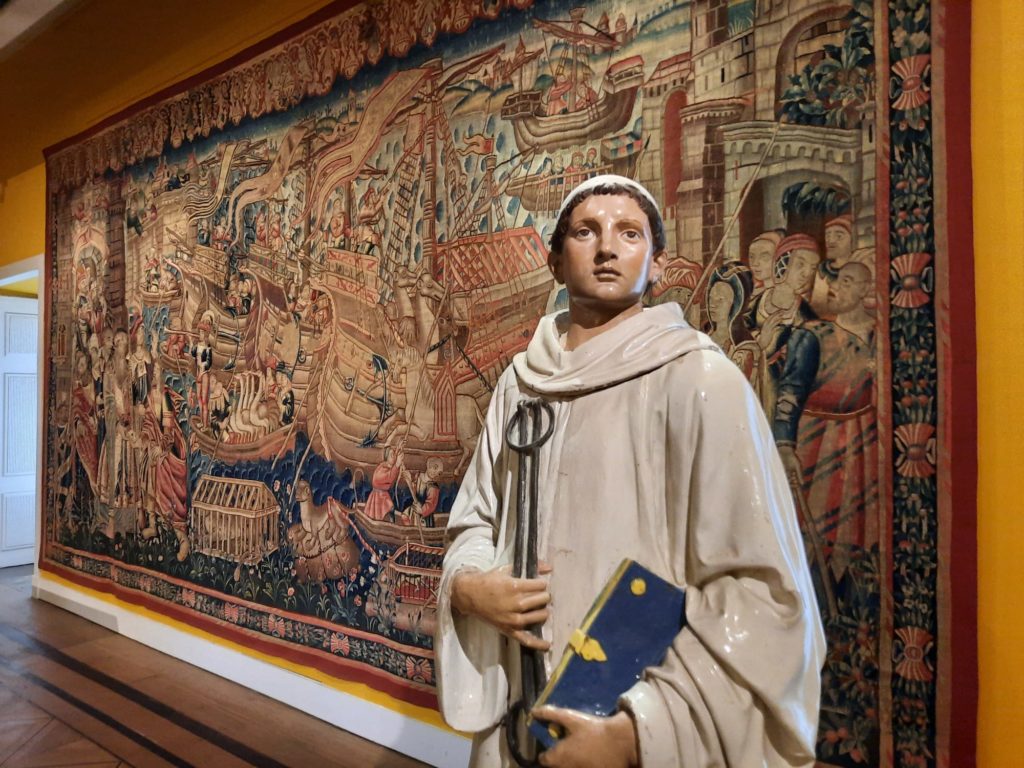
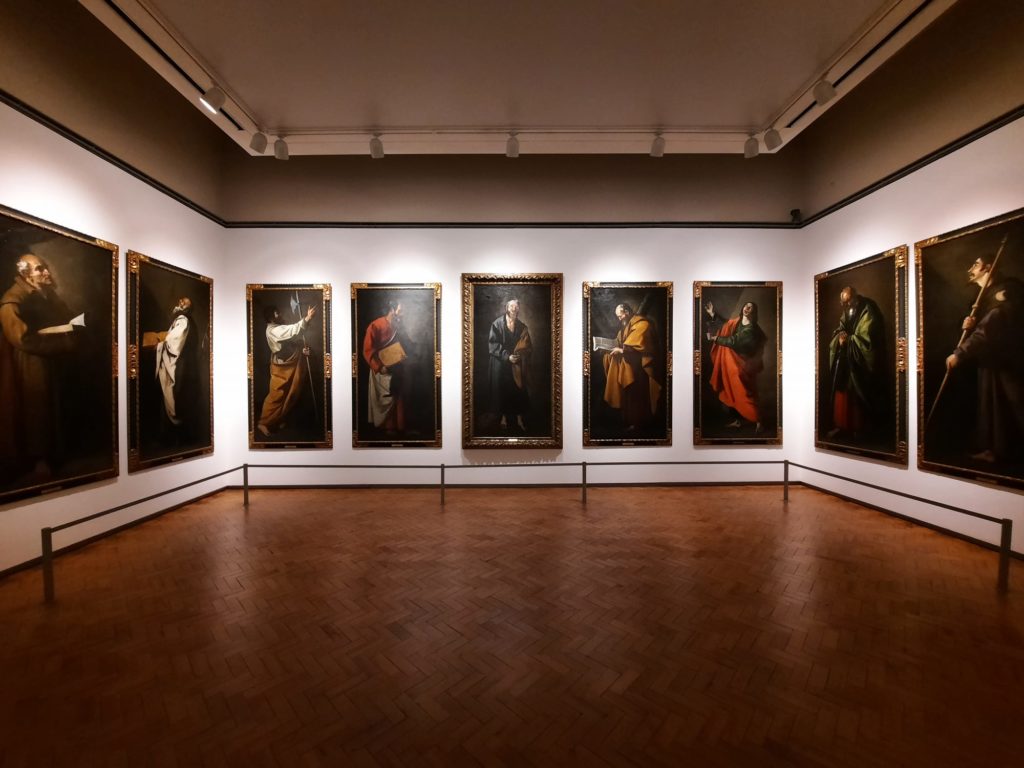
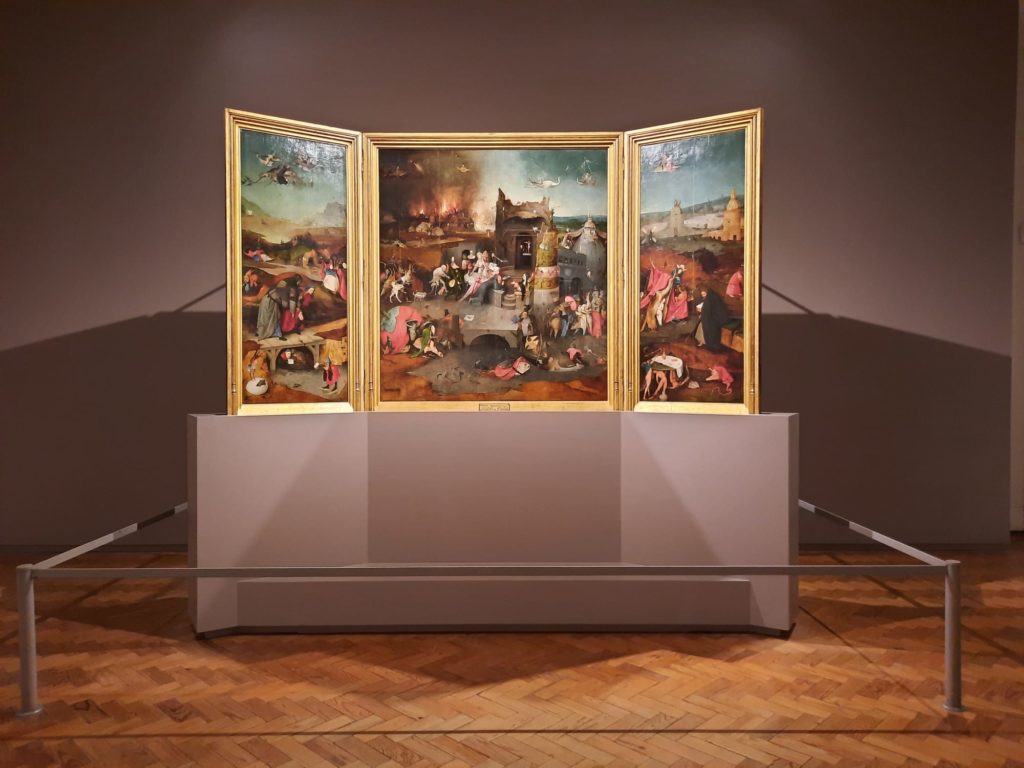
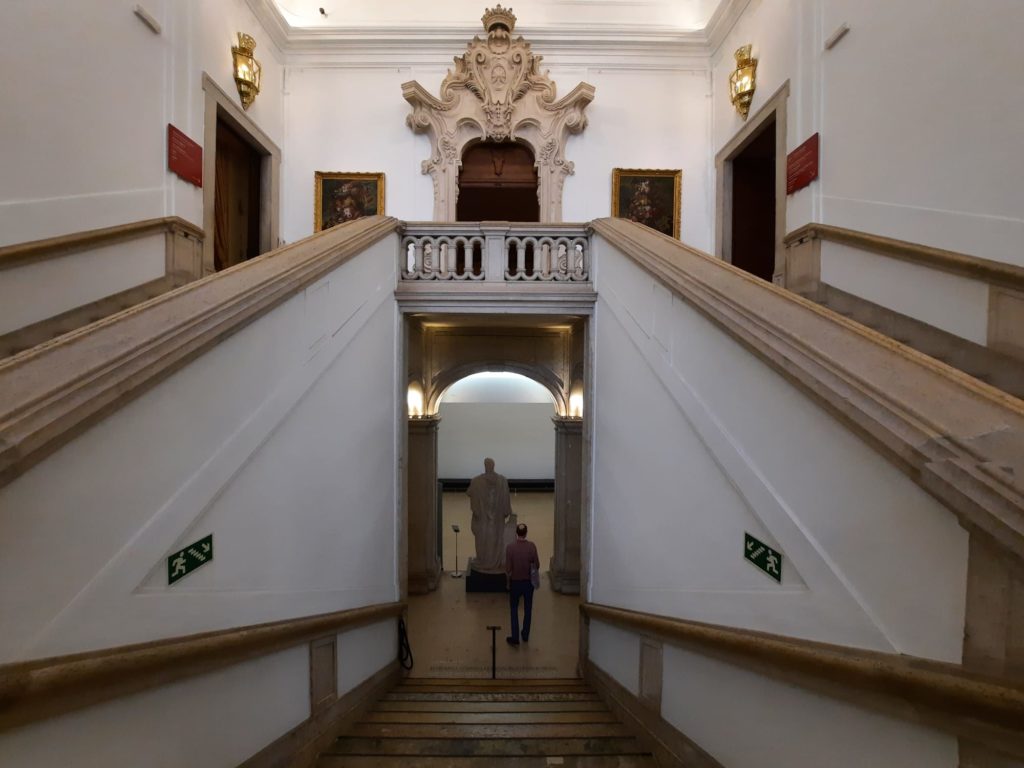
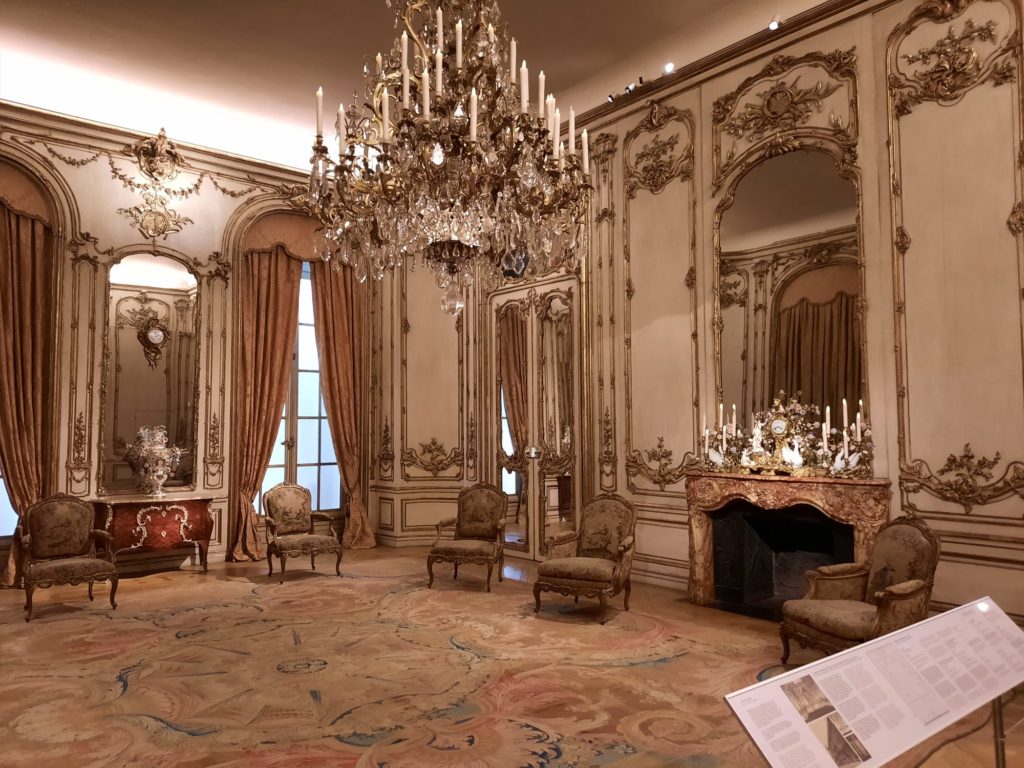
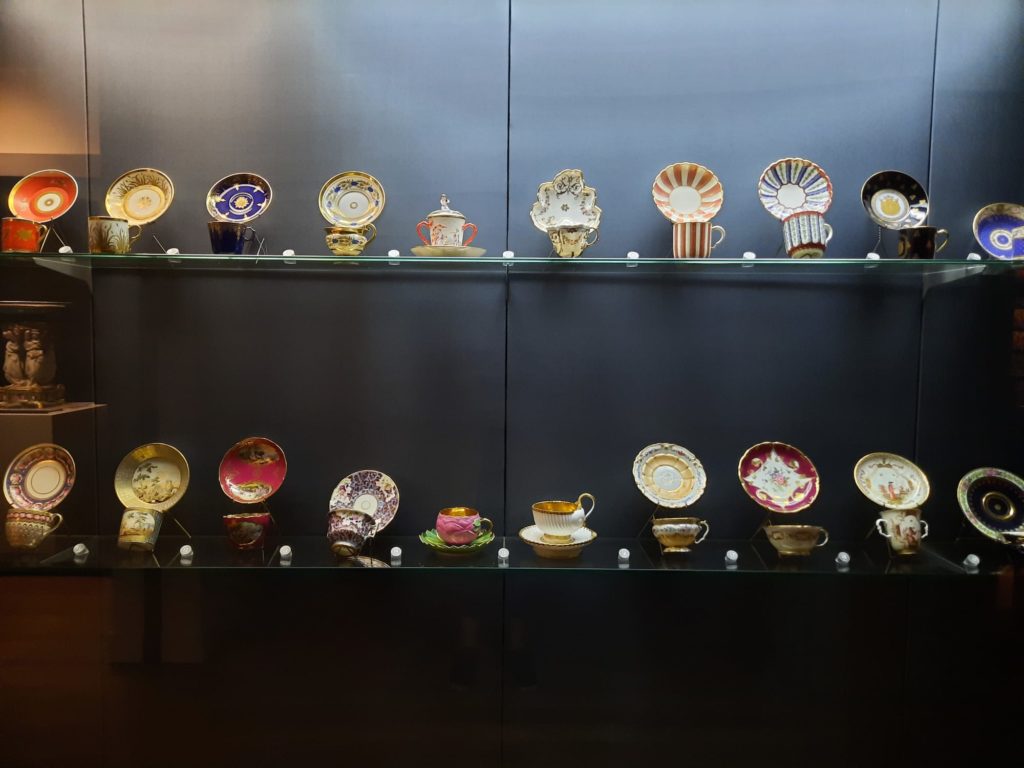
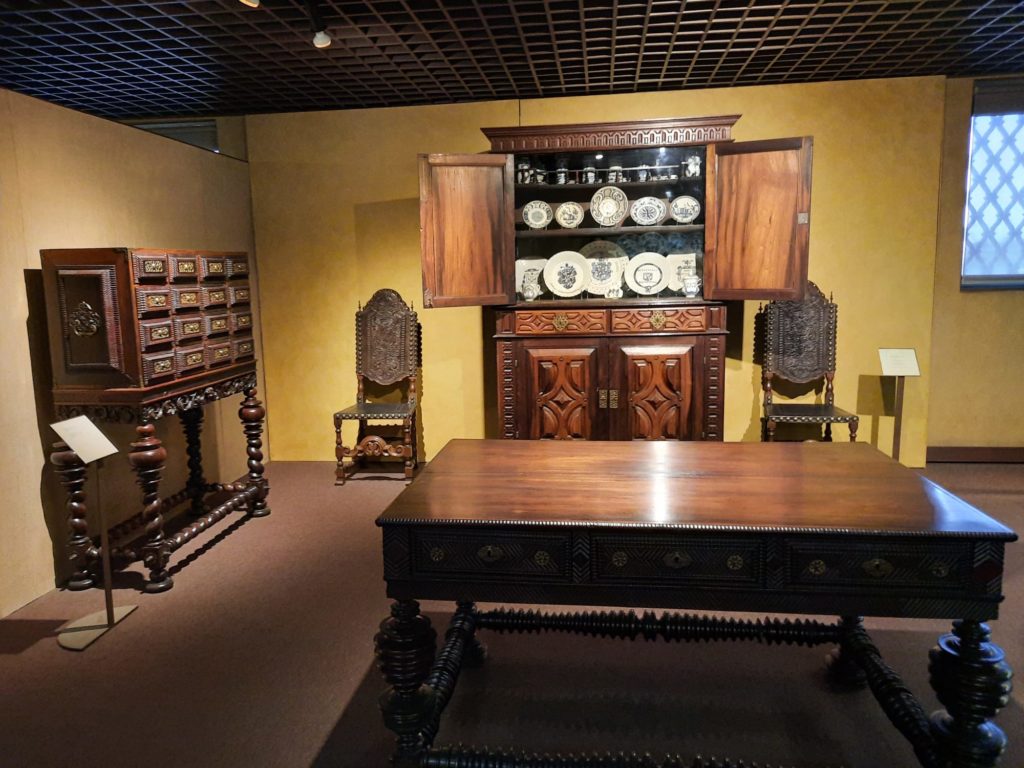
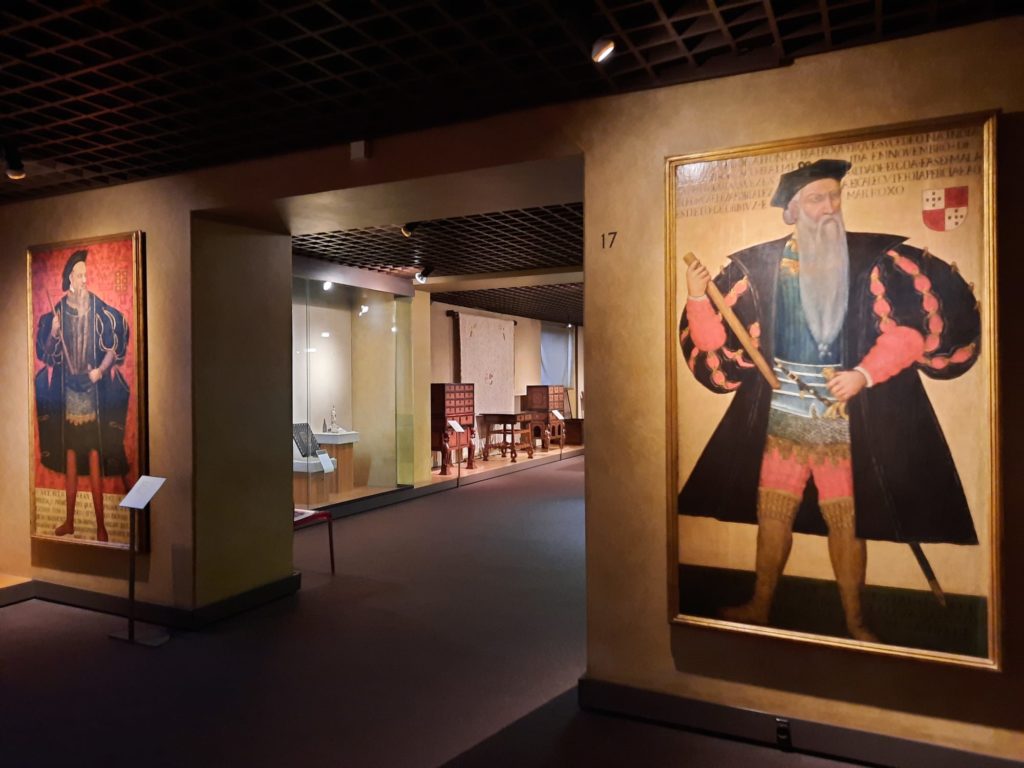
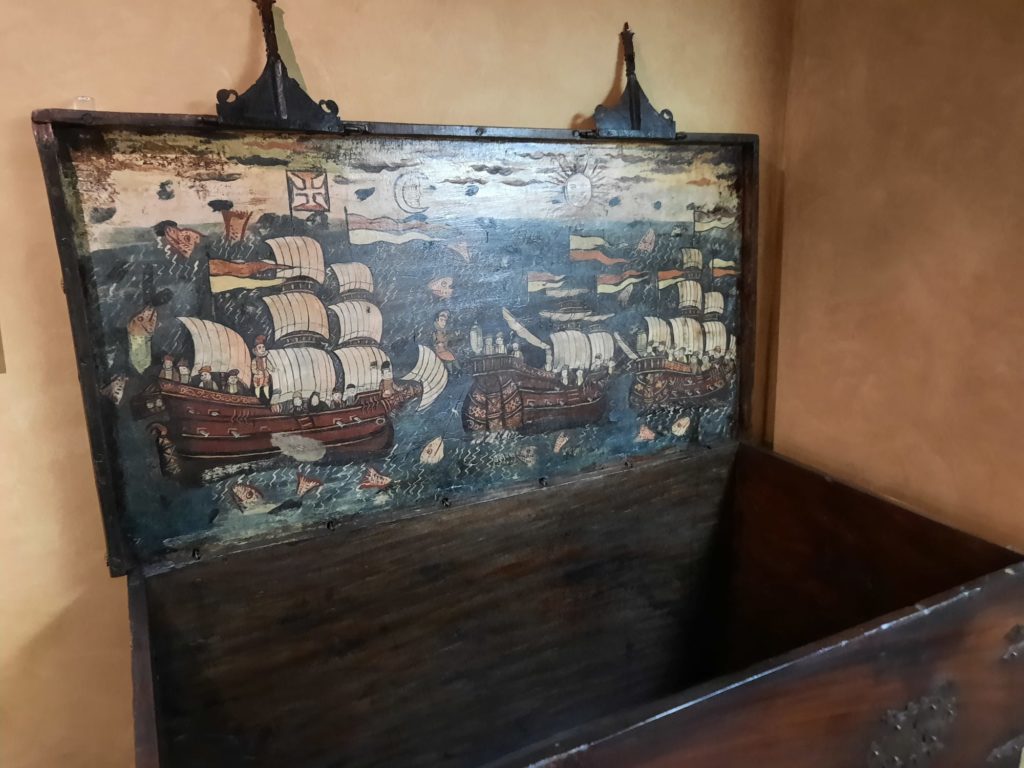
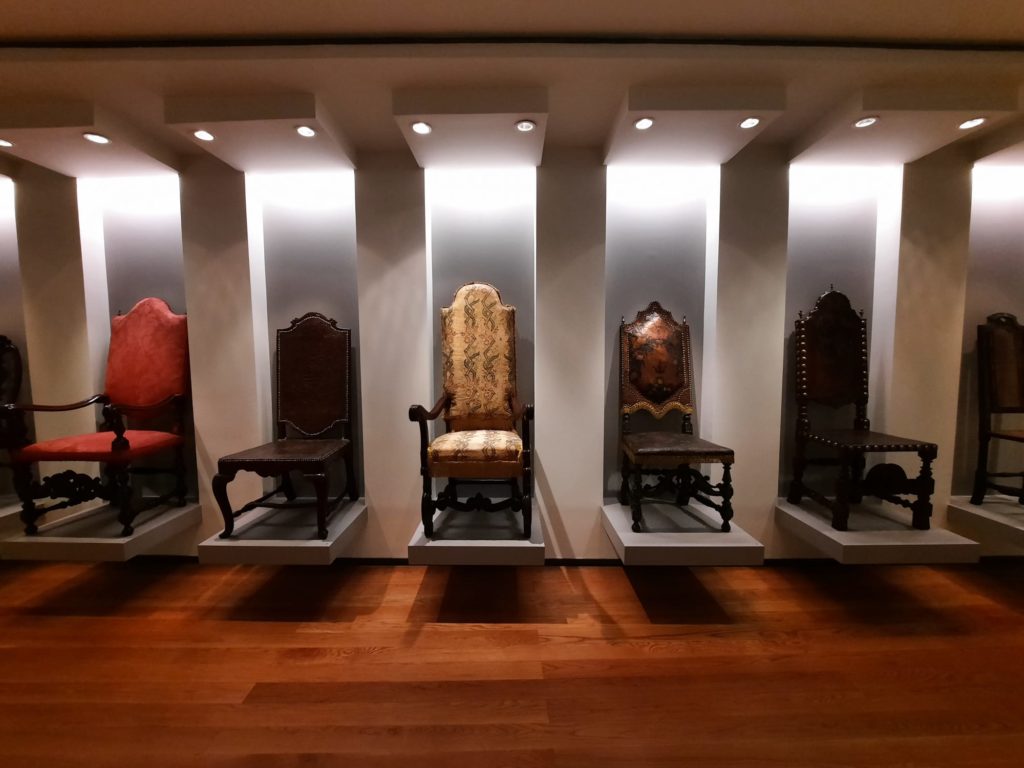
One thought on “Museu Nacional de Arte Antiga (National Museum of Ancient Art), Lisbon”